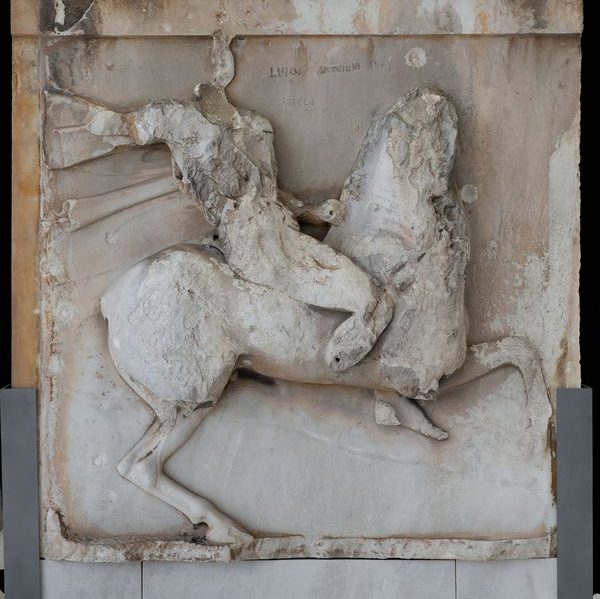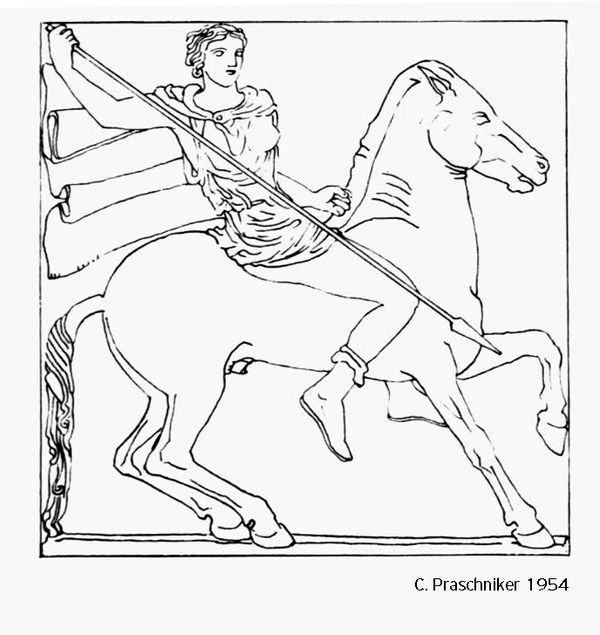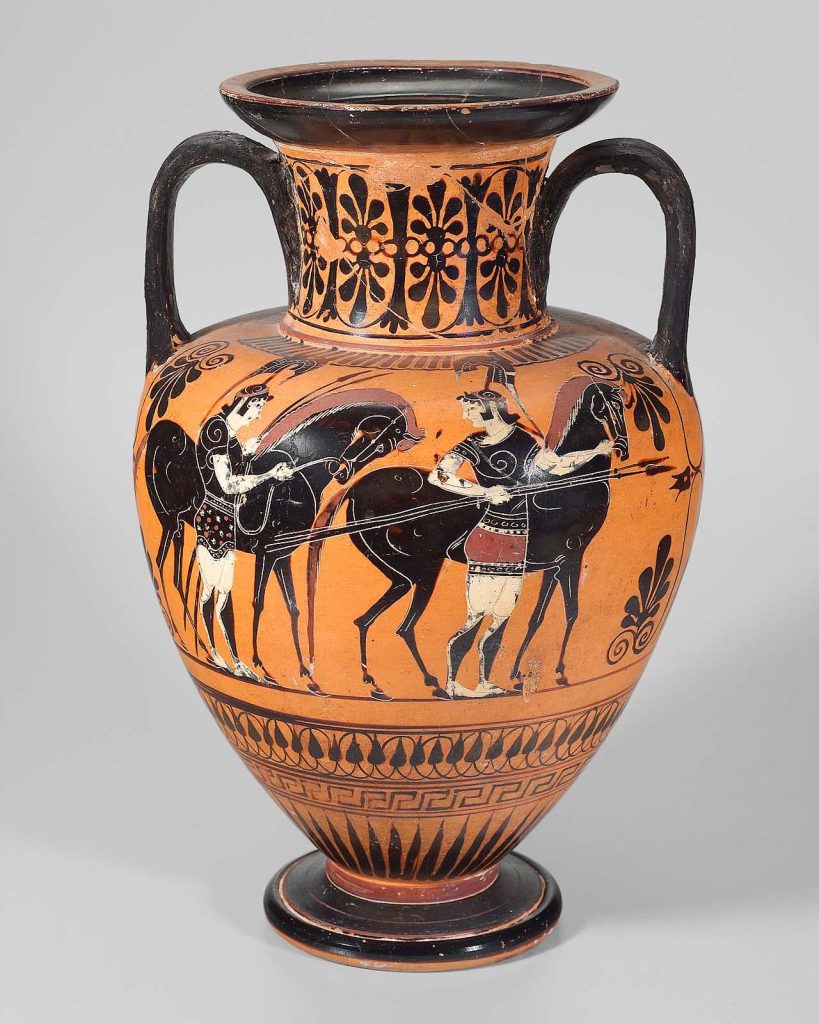Visual Representations of the Amazons
The Greeks used art to emphasize an idealized version of their reality by displaying various myths and iconic characters. The art, displayed in private and public spaces, intended to evoke specific emotions of veneration for the gods, pride in their identity, and understanding of how to behave in the Greek city.

Amazons were featured in various positions, from bleeding, falling, or dying to being equally matched in battle with the Greeks. Amphoras from the Archaic Period typically display Amazons wearing hoplite, Greek citizen-soldiers, and armor, with their only difference being their hair. This striking similarity between Greek warriors and Amazons points to the Greeks’ curiosity and imagination about what would happen if women were given the same rights as the Greek men.
Amphoras dating during and after the Persian Wars showcase Amazons in more foreign clothing, mixing and matching garments from different regions. Their depictions were less historically accurate representations of where the Amazons were assumed to be located, seen more as a stylish metaphor for Greek enemies.
The Greeks rarely depicted current historical events, resorting to myths and their well-known figures to explain the Greek reality. The Amazons were such modes of representation. They were popular subjects in sculpture and on amphoras typically used as storage, gifts in funerary rites, and prizes in sporting games.
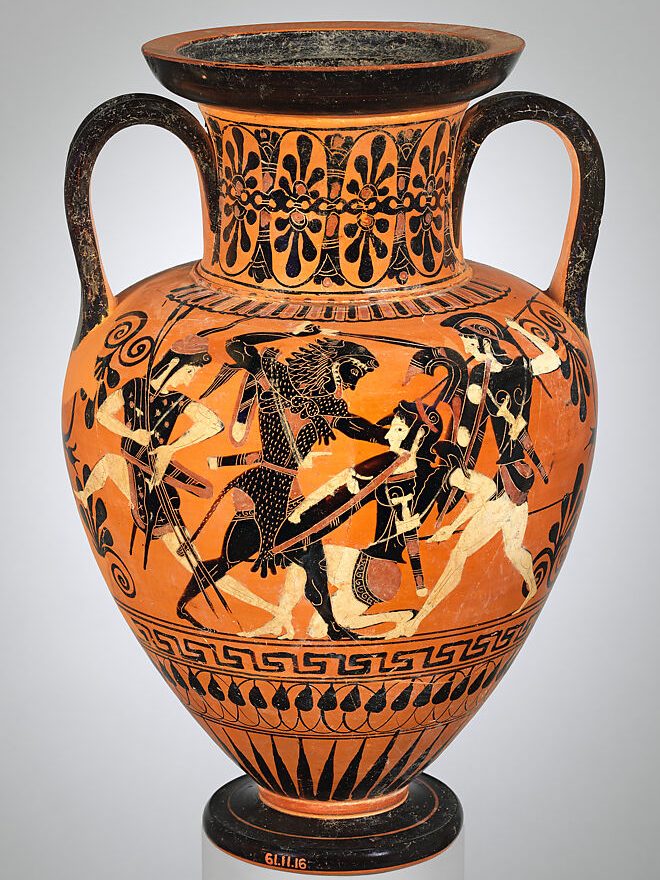
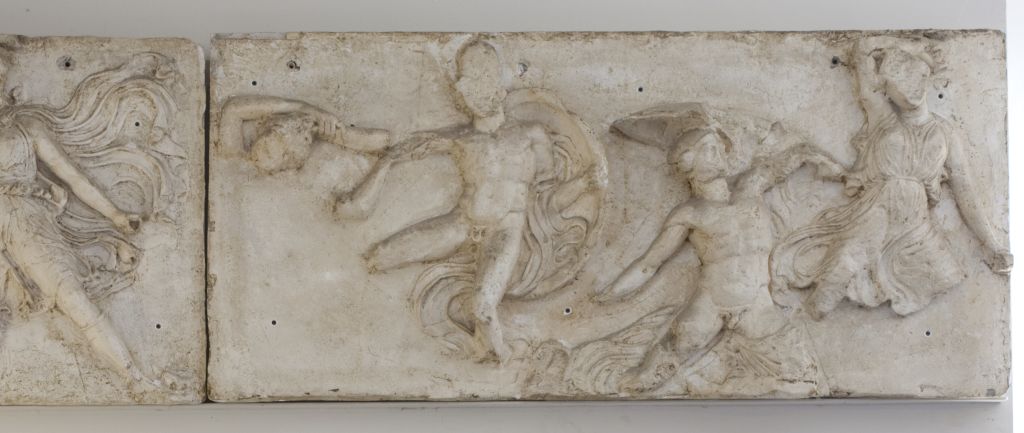
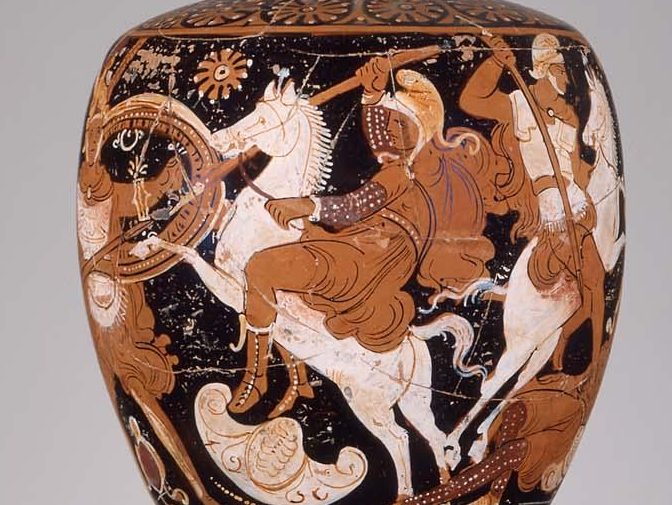
Art on Amazonomachies

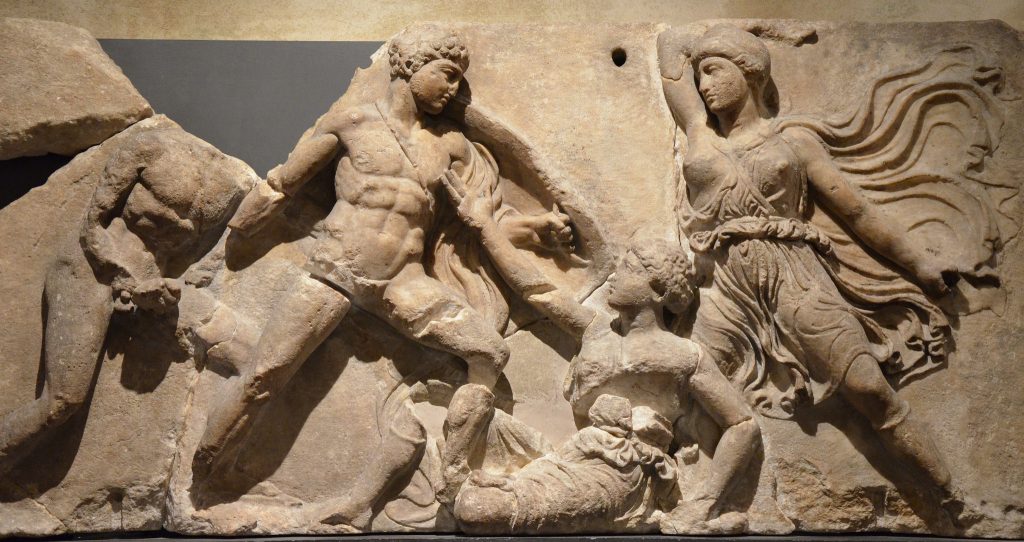
Great mythical battles between Amazons and the Greeks were commonly seen in places of worship and on objects used in funerary rites dating from the Archaic Period. They recounted tales of the Greek struggle to maintain order in the world, battling enemies such as the Centaurs, Giants, and Trojans.
The use of the Amazon and Amazonomachies shifted during and after the Persian Wars. An example of this change was the featuring of an Amazonomachy leading to Amazon’s defeat on the Parthenon in Athens. Ancient historians and mythographers proposed the Battle of Athens as the pinnacle of all Amazonomachies. Championed on the Parthenon as the center of all Greek achievement in Athens, the Amazonomachy emphasized Greek military prowess and ideological superiority over the Amazons, who were vanquished for good.
